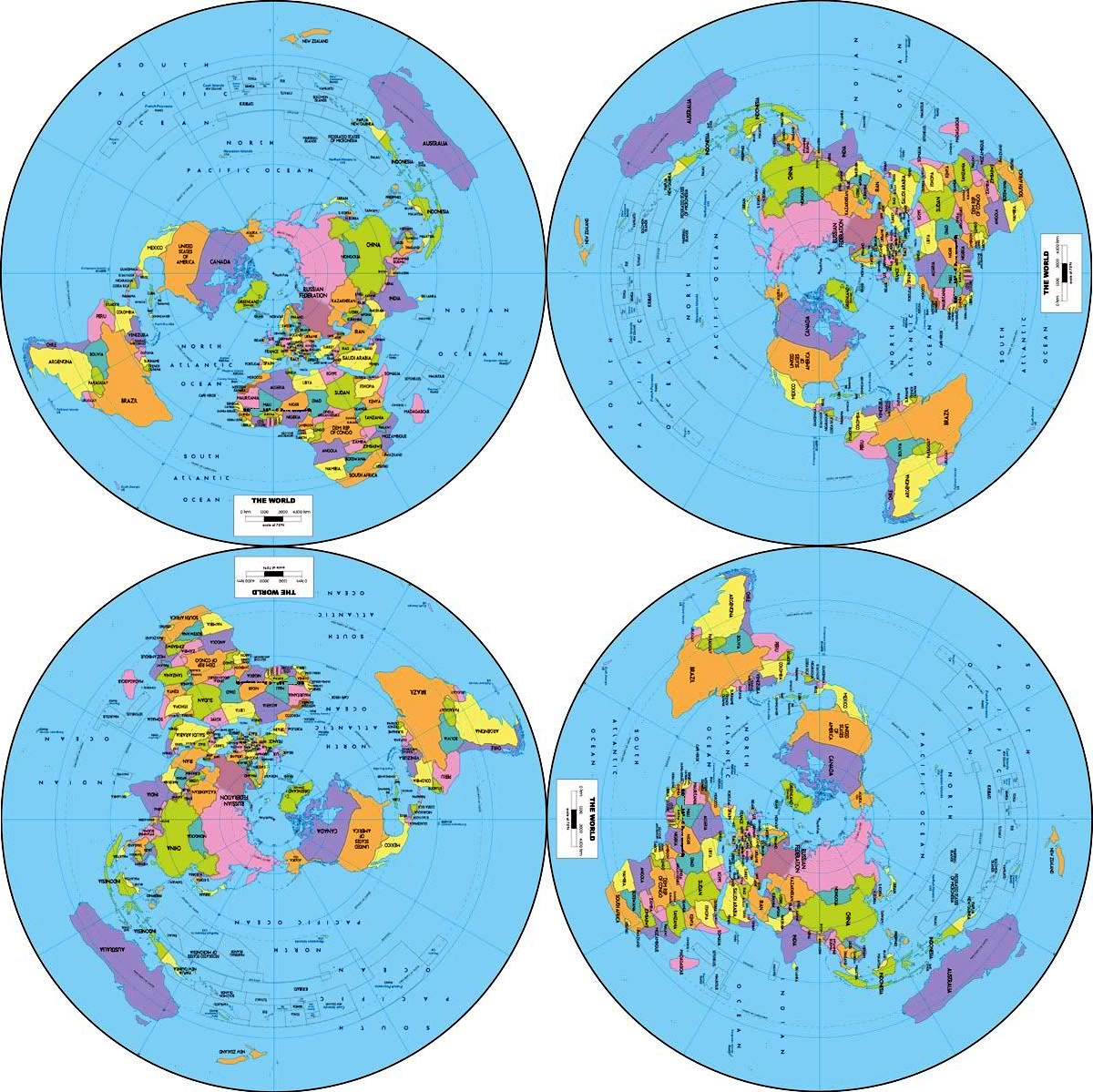
Flight paths are mapped out before aircraft take off, depending on the shortest and most efficient route, and flight paths can even change during flight depending on weather, wind and jetstreams, to name just a few variable factors. Similar to the Earth itself, aircraft, therefore, take flight routes that also appear to be a curved line, tracing the Earth’s shape. Despite what some theories suggest, the Earth is not flat, and so curvature becomes an incredibly important factor in routes aircraft take. Because the Earth revolves on its axis, this forces the equator to “bulge out” and be wider. If you think about drawing a line around a globe in the middle where it is widest, versus towards the North or South poles, the differentiation of distance begins to become apparent, and it not only saves a huge amount of time but also fuel.

to Asia that will fly far above Alaska and Siberia rather than what would appear to be a straight line. This is called the “Great Circle Route” and also very noticeable for flights from the U.S.

The circumference of the Earth is a lot further around the equator than it is towards the poles of the earth, such is the spherical shape of our planet. The reason for this is down to simple mathematics and physics.

when aircraft will fly over Greenland and Northern Canada rather than just simply flying from point A to B as it would appear on a map. long-haul flight and wondered why your aircraft is taking a curved route instead of flying in a straight line when you look at the inflight map? This is particularly noticeable when flying between Europe and the U.S. A representation of the world's longest flight from Singapore to Newark, NJ.


 0 kommentar(er)
0 kommentar(er)
